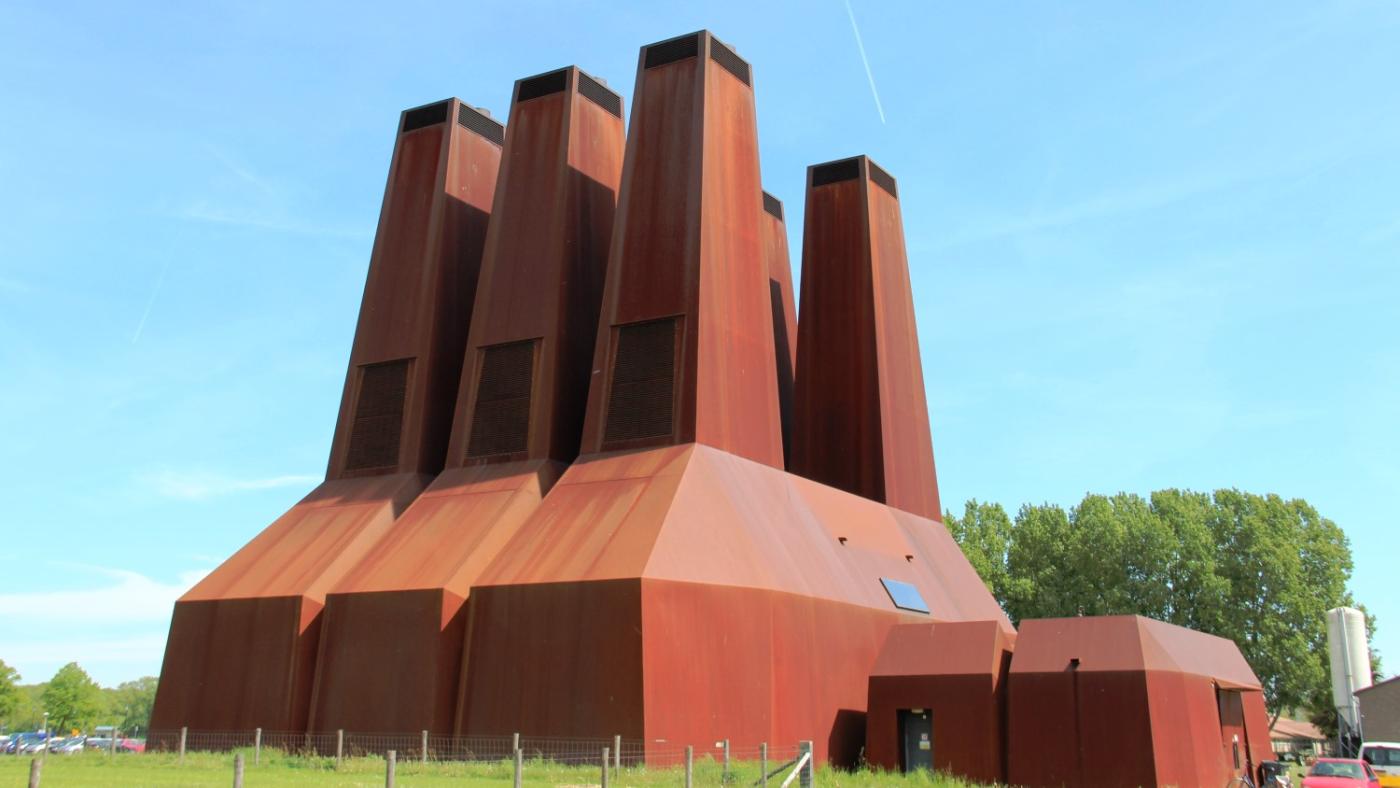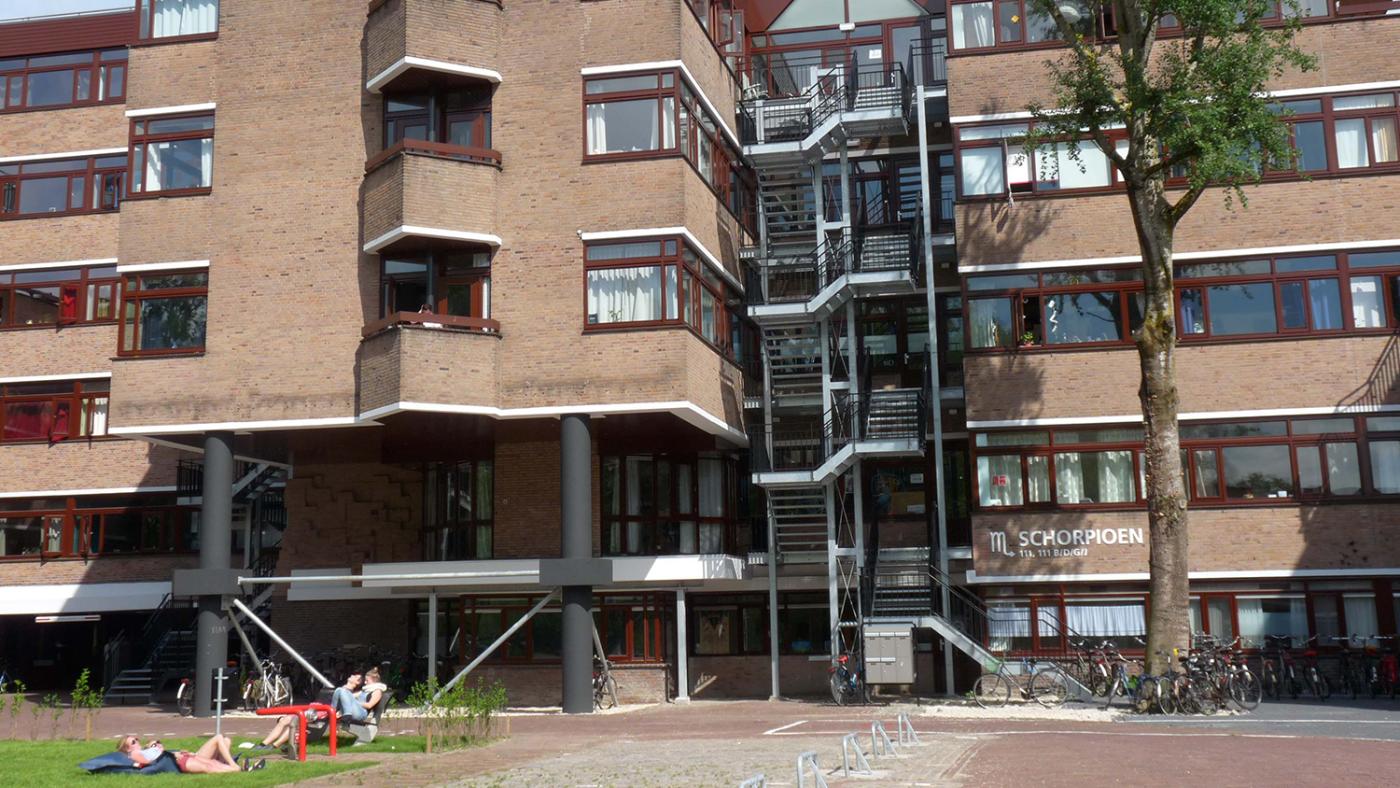Currently, 14 percent of UU buildings are young cultural heritage
Municipality designates eight UU buildings as young monuments

The municipality of Utrecht has been working hard these past few months to make an inventory of buildings that are historically relevant to the city. As a result, 36 buildings were named Young Monuments on March 28, including houses and residential complexes, educational buildings, office buildings, religious buildings, bridges, utilities and a railway station. They were all built between 1970 and 2008 and are considered special because of their architecture, cultural, historical, and/or urban value. Others are given monument status because they are typical of a certain construction period in Utrecht.
The following UU buildings are now monuments: The Basket, Educatorium, the Kromhout canteen building at Utrecht University College, the Hugo R. Kruyt building, the Minnaert building, the thermoelectric power plant, the library at Utrecht Science Park and the University Museum. In addition, the students in the De Sterren housing complex at Pythagoraslaan 103 – 123 now live in a municipal monument.
According to the municipality, all these buildings are exemplary of the time in which they were built and unique to Utrecht. It is precisely for this reason that the municipality has put these buildings on the young heritage list. They are now protected, which means that they cannot be remodelled or demolished without permission. The idea is to ensure the people of Utrecht can appreciate these buildings not only in the present but also in the future.

Consequences for building plans
In 2017, the renovation of the University Museum inspired an inventory of possible new monuments. At the time, the political party CDA questioned the renovation due to the architectural and historical value of the building. In addition to CDA, GroenLinks also advocated for the inventory and appreciation of young heritage in Utrecht after 1970.
Therefore, the new status of The Basket and the Hugo R. Kruyt building may also have consequences for the plans to renovate them. It is still unclear whether the renovations can continue as planned or whether the new status will have to be taken into account.
According to Ilse Schipper-Pols, Communications Officer at the Real Estate & Campus Department, this won’t be a problem. Young monuments are given more room for possible adjustments and renovations than national monuments, which are subject to much stricter requirements. The buildings must be able to keep up with the times. Schipper-Pols indicates that the university wants to take responsibility for protecting the young heritage.